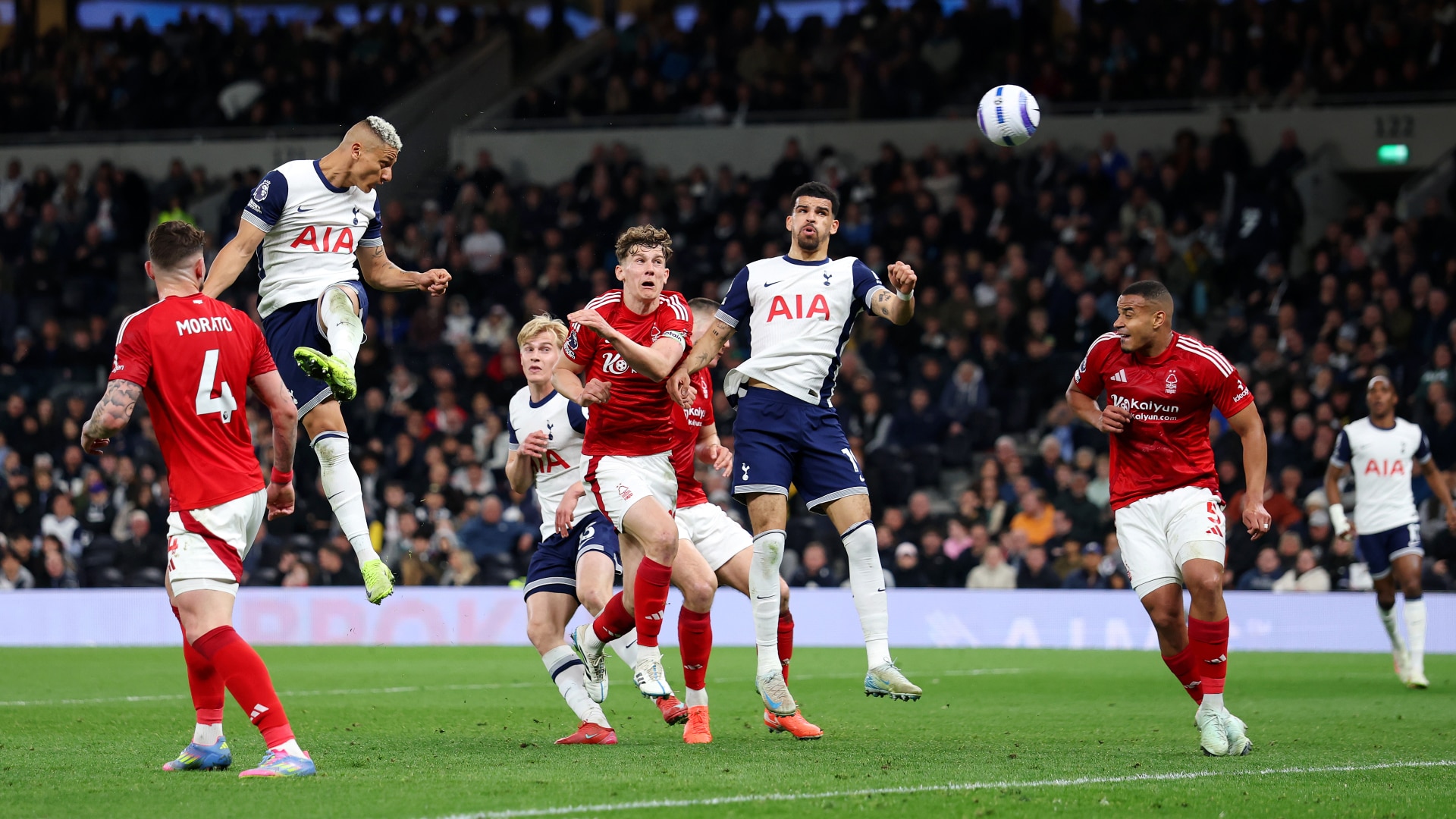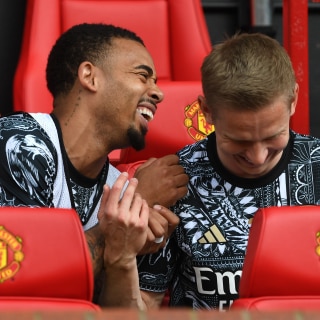Hello and welcome to the Premier Skills English podcast. This new series of Football English podcasts are based around the needs of football players and football fans and will present language you need to play the game, language you need to watch the game on TV and online and language you need to travel to the UK to see a match at a Premier League stadium.
Today, I am focusing on English for players and want to talk about some more advanced football English that you can use to talk about tactics. The focus of today’s podcast is counter-attacking. The language I use and talk about will be useful for players who want to understand tactical terminology and who want to be able to read and discuss match reports.
I was going to make one podcast about the language of tactics, but when I started reading more about tactics and tried writing descriptions of some different approaches, there was a lot of quite advanced football English. I spent some time looking through the talking tactics pages on PremierLeague.com, and ... well, the language is not too complicated, but there are lots of advanced phrases and specialist football uses that might make the texts a bit of a challenge.
As well as the talking tactics pages on the Premier League website, I had a look at match reports and some coaching blogs and I made a list of five approaches to tactics. I’ve already published podcasts on Total football and Tiki-Taka, and I have three more approaches to tactics.
- Counter-attacking
- The high press
And
Today, I’m going to talk about counter attacking and I’ll talk about the other approaches to tactics in the future.
Football phrase review
Before I get to the tactics, I want to quickly talk about last week’s football phrase and give you one more chance to guess.
Last time, the football phrase was ... well it’s not a favourite among football fans, but part of the reality of football fortunes. This phrase was relevant because on Sunday, Southampton made history when they suffered the earliest ********** in Premier League history and will have another seven matches to prepare for next season in the Championship.
I think that it was quite an easy one. But I don’t want to give it away right away so I’m not going to tell you the answer here. If you want to know if you’ve got it right, leave me a message on the page for this podcast on the Premier League British Council website and I’ll let you know.
Now it’s time for me to get back to tactics.
Tactics: Counter-attacking
So the third approach to tactics I'm going to talk about is counter attacking. I’ve prepared a description of the tactic and I have pulled out the interesting language. I’m not going to talk about the history of any of these tactics and which teams and managers invented and developed them .. or maybe at some point in the future I’ll make a history of tactics podcast but for now you’ll just have to look that up yourself.
I’m going to read the description and then I’m going to talk about the language and then I’ll read the description again. After that, there will be a short language challenge and then there will be a new football phrase.
Counter-attacking
Counter-attacking is a tactical approach that takes nerves and patience. A counter-attacking team will defend while the other team runs about with the ball. The counter attacking team will let the other team have most of the possession, calmly absorbing the pressure and waiting for the right moment and then striking quickly when the opportunity arises. Teams using this strategy typically sit deep in a compact defensive shape, inviting the opposition to advance and commit players forward. Once possession is regained—often through an interception or tackle—the focus shifts instantly to launching a fast, direct attack. This requires attackers with pace, dribbling ability, and sharp decision-making to exploit the open spaces left by the opposition. Midfielders and defenders must be able to transition the ball forward quickly and accurately, often bypassing several lines of pressure with a single pass. The success of a counter-attack hinges on timing, speed, and clinical execution before the opposing team can reorganise defensively.
Language focus
The challenging language from this description is:
- Pressure
- Deep
- Defensive shape
- Commit players forward
- Pace
- Dribbling ability
- Transition
- Clinical execution
Pressure
Pressure in football usually means trying to win the ball back by closing down the player who has it. You’ll hear phrases like “putting them under pressure” or “high pressure”, which means chasing and tackling aggressively high up the pitch. Teams use pressure to force mistakes and stop the opposition from playing comfortably. Players also feel pressure mentally – especially when taking a penalty or making a big decision – but in most match talk, it’s about physical effort to win the ball back.
Deep
When a team plays deep, it means they sit back near their own goal. This is usually a defensive tactic, where the defenders stay close to their box instead of pushing high up the pitch. You’ll often hear commentators say things like, “They’re defending deep,” or “They’re sitting in a low block.” When a team plays deep it will be hard for the attacking team to find space, but it also means the deep defending team might struggle to create chances of their own.
Defensive shape
Defensive shape is how a team organises itself when it doesn’t have the ball. You’ll hear phrases like “keeping their shape” or “losing their shape,” which means whether the players are in the right positions to protect the goal. A good defensive shape means the team is compact, disciplined, and hard to break down. It’s not just about the back four – it includes the midfield and even the forwards working together.
Commit players forward
To commit players forward means sending more players into attack. Managers will sometimes take risks by committing players forward late in the game when they need a goal. It can make the team more dangerous in attack, but it also leaves them more vulnerable at the back. You’ll hear this a lot in commentary when a full-back or midfielder pushes higher up the pitch.
Pace
Pace means speed or the ability to run fast. A player with pace can run fast, either with or without the ball. It’s a big asset in football, especially for wingers or strikers who want to get in behind defences. Sometimes defenders struggle against pacey players because they don’t have time to react or recover. You’ll often hear “he’s got real pace” or “they’re dangerous on the counter because of their pace”.
Dribbling ability
Dribbling ability is a player’s skill at running with the ball and beating opponents. Good dribblers can glide past defenders, change direction quickly, and keep the ball close to their feet. It’s a mix of technique, control, and confidence. Dribbling can be really useful for breaking through tight defences or carrying the ball up the pitch during a counter-attack.
Transition
Transition is what happens when a team that is defending wins the ball and goes from defence to attack, or for when an attacking team loses the ball and goes from attack to defence. The best teams are quick in transition: they attack straight after winning the ball, or get back into shape quickly when they lose it. You’ll hear terms like “quick transition” or “caught in transition”, which often lead to big chances in modern football.
Clinical execution
Clinical execution means taking your chances and being really efficient in front of goal. If a team has two shots and scores both, you’d say they were clinical. It’s about being sharp, precise, and calm – whether it’s a finish, a final pass, or even a key defensive block. Commentators often say things like, “That was a clinical finish,” or “They need to be more clinical in the final third.”
OK. To talk about counter-attacking, I have used and described:
- Pressure
- Deep
- Defensive shape
- Commit players forward
- Pace
- Dribbling ability
- Transition
- Clinical execution
Listen to the description of counter-attacking again to hear this language in a football English context.
Counter-attacking
Counter-attacking is a tactical approach that takes nerves and patience. A counter-attacking team will defend while the other team runs about with the ball. The counter attacking team will let the other team have most of the possession, calmly absorbing the pressure and waiting for the right moment and then striking quickly when the opportunity arises. Teams using this strategy typically sit deep in a compact defensive shape, inviting the opposition to advance and commit players forward. Once possession is regained—often through an interception or tackle—the focus shifts instantly to launching a fast, direct attack. This requires attackers with pace, dribbling ability, and sharp decision-making to exploit the open spaces left by the opposition. Midfielders and defenders must be able to transition the ball forward quickly and accurately, often bypassing several lines of pressure with a single pass. The success of a counter-attack hinges on timing, speed, and clinical execution before the opposing team can reorganise defensively.
Language challenge
Now it’s time for you to think about some of this language again. I have come up with eight sentences that use language from today’s podcast. I’m going to read you these sentences but I’m not going to say the language from the podcast so I want you to try to fill in the gaps with the words and phrases that I’ve been talking about.
Number 1. They dominated the match but lacked __________________ in front of goal.
Number 2. Even without great technique, his ______ made him a constant threat.
Number 3. Players with strong __________________ are often key to breaking down deep defences.
Number 4. The team applied high ______________ to force mistakes near the opposition’s goal.
Number 5. When they were winning, the whole team dropped _______ to protect their lead.
Number 6. The team kept a solid ________________, making it hard for the opposition to break them down.
Number 7. They had to ___________________________ in the final minutes to try and equalise.
Number 8. The team struggled to defend during _______________, especially when they lost the ball in midfield.
There is an interactive activity on the page for this podcast on the Premier League British Council website that you can use to check to see if you’ve got the right answers.
Football phrase
And finally, it’s time for the football phrase.
I’m afraid I am showing my colours a bit here, but a little bit of Arsenal history was made last week during the *****-*** of the UEFA Champions League quarter-final at the Emirates Stadium. I am, of course, talking about Declan Rice’s two stunning free kicks. So what phrase am I looking for?
If you can work it out, you can leave the answer in a comment on the page for this podcast on the Premier League British Council website.
And that’s all I have time for today. Before I finish, I just wanted to say that I hope you found this podcast useful, and I hope everyone stays fit and healthy and safe.
Bye for now and enjoy your football.












Hi jack,
I’m a big fan of Real Madrid but I have to say congratulations for the qualification to semifinals. I think the football phrase is knockout but I’m a little confused because is related with the two free-kicks.